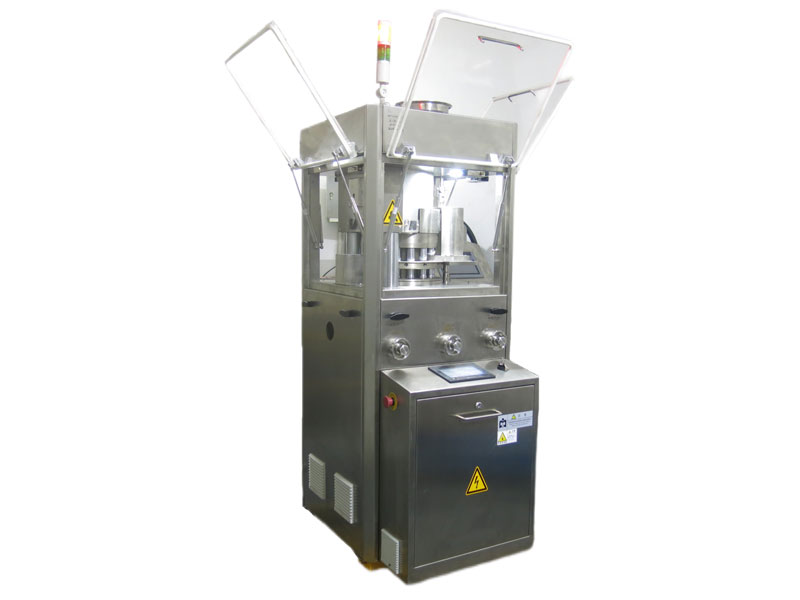Tablet presses are a crucial piece of equipment in the pharmaceutical and nutraceutical industries. They are used to manufacture tablets, which are solid dosage forms of medication or nutritional supplements. There are different types of tablet presses available, each with its own unique features and advantages. In this article, we will explore the different types of tablet presses and their functions.
1. Single Station Tablet Press:
The single station tablet press, also known as the eccentric press, is the simplest type of tablet press. It is suitable for small-scale production and R&D purposes. This type of press operates by using a single punch and die set to compress the granulated material into a tablet form. While it is not suitable for high-speed production, it is ideal for producing small batches of tablets with precise control over the compression force.
The rotary tablet press is one of the most commonly used types of tablet presses in the pharmaceutical industry. It is designed for high-speed production and can produce a large volume of tablets in a relatively short amount of time. This type of press operates by using multiple punches and dies arranged in a circular motion, allowing for continuous and efficient production. Rotary tablet presses are available in various configurations, such as single-sided, double-sided, and multi-layer presses, making them versatile for different production needs.
A bilayer tablet press is specifically designed to produce bilayer tablets, which consist of two layers of different formulations compressed into a single tablet. These types of tablet presses are essential for manufacturing combination drugs or controlled-release formulations. Bilayer tablet presses are equipped with specialized tooling and feeding systems to ensure accurate and consistent placement of the two layers, resulting in a high-quality bilayer tablet.
As the name suggests, high-speed tablet presses are designed for rapid and continuous tablet production. These presses are equipped with advanced automation and control systems to achieve precise and efficient tablet compression at high speeds. High-speed tablet presses are essential for large-scale production facilities where high output and consistency are critical.
5. Rotary Tablet Press with Pre-compression:
This type of tablet press incorporates a pre-compression stage before the final compression, allowing for better control over the tablet’s density and uniformity. By applying pre-compression, the tablet’s formulation can be more effectively deaerated, reducing the risk of tablet defects such as capping and lamination. Rotary tablet presses with pre-compression are favored for producing high-quality tablets with complex formulations.
In conclusion, tablet presses are available in various types, each catering to specific production requirements and capabilities. Whether it’s for small-scale R&D or high-speed commercial production, there is a tablet press suitable for every need. Understanding the different types of tablet presses is crucial for selecting the right equipment to ensure optimal tablet manufacturing efficiency and quality.
Post time: Dec-18-2023





